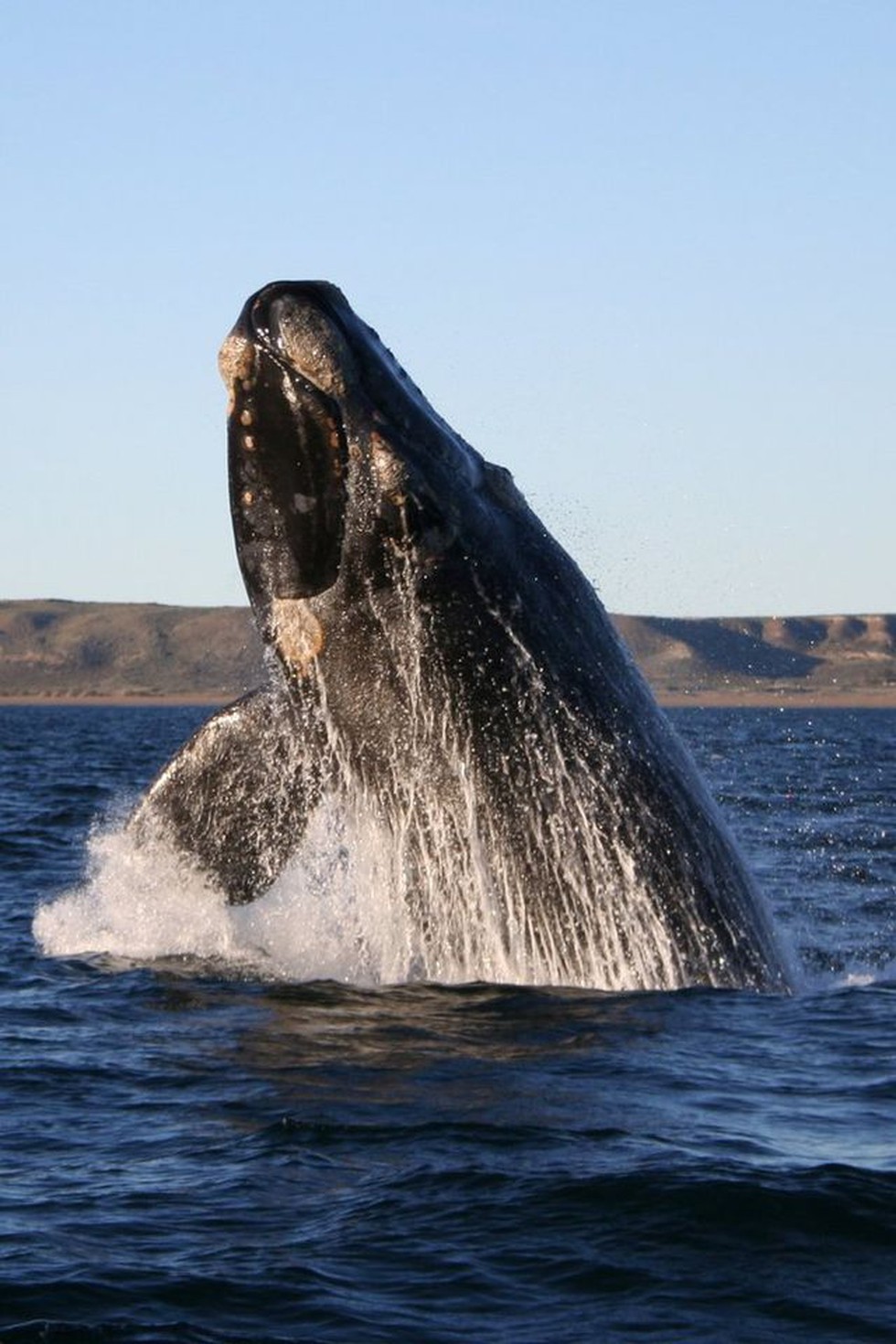
About Right Whales:
- Right whale, (family Balaenidae) is any of four species of stout-bodied whales having an enormous head measuring one-quarter to one-third their total body length.
- While they differ genetically, and in conservation status, they do not differ significantly in their external appearance. These whales were hunted for their oil and their strong, elastic baleen.
- Because of the considerable economic value of these products, this cetacean gained its name because it was the “right whale” to take.
- When feeding, these whales swim slowly and use baleen to eat schools of small, shrimp-like crustaceans, called zooplankton.
- Conservation Status:
- Right whales were nearly exterminated by uncontrolled hunting, and the International Union for Conservation of Nature and Natural Resources (IUCN) considers two of the four species as endangered. They have been completely protected by international agreement since 1946.
- Whereas at least 10,000 bowheads and approximately 13,000 southern right whales remain, northern right whales are rare, with North Atlantic right whales numbering only in the hundreds and North Pacific right whales numbering only slightly more.
- The IUCN classifies the North Pacific right whale as an endangered species and the North Atlantic right whale as a critically endangered species.
2. What are Electoral Trusts?

About Electoral Trusts:
- These are trusts set up by companies with the objective to distribute the contributions received from other companies and individuals to political parties.
- The companies which are registered under section 25 of the Companies Act, 1956, are only eligible to make an application for approval as an electoral trust.
- The names of electoral trusts, currently, do not indicate the name of the company/group of companies which set up the trusts.
- Who can and who cannot contribute to electoral trusts?
- Who can:
- An individual who is a citizen of India
- A company registered in India
- An association of persons (Indian residents)
- Who cannot:
- An individual who is not a citizen of India
- Other electoral trusts (approved under the Electoral Trusts Scheme)
- Contributors without PAN
- NRIs without a passport number
- Who can:
- For administrative expenses, the electoral trusts are permitted to set aside a maximum of 5 percent of the total funds collected during a financial year. The remaining 95 percent of total income of the trusts, including any surplus from the previous financial year, is required to be distributed to eligible political parties.
- What Laws/Rules govern the creation and functioning of electoral trusts?
- The Central Government amended the Income Tax Rules, 1962, on January 31, 2013, to insert Rule 17CA, which lists the functions of electoral trusts approved by the Central Bureau of Direct Taxes (CBDT).
- The Central Government, also launched ‘The Electoral Trusts Scheme, 2013, which specified the eligibility and procedure for registration as an electoral trust, apart from laying down the format for their registration.
3. What is Gulf of Mannar?
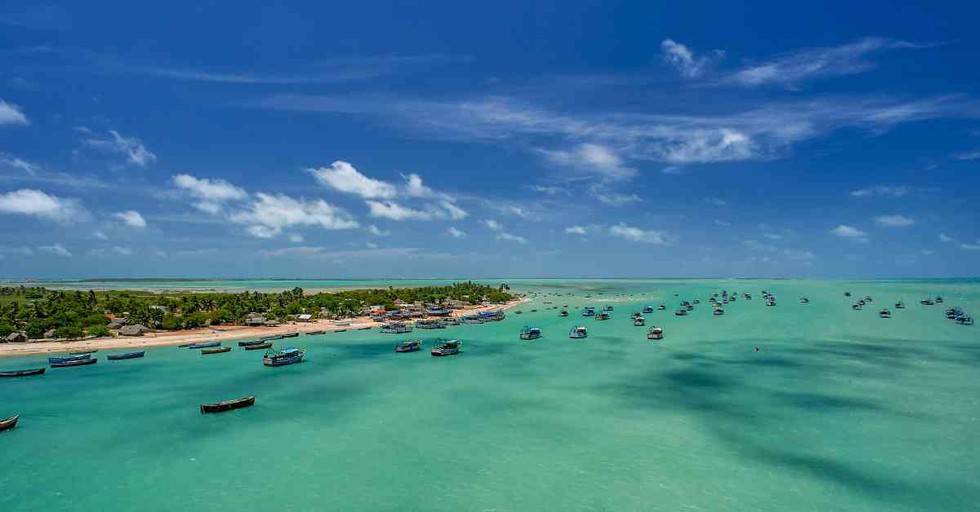
About Gulf of Mannar:
- Along the southeast coast of India lies the Gulf of Mannar, a part of the Laccadive Sea of the Indian Ocean, containing 21 islands.
- It spans between the northwest coast of Sri Lanka and the southeast coast of India. It is bounded to the northeast by Rameswaram (island), Adam’s (Rama’s) Bridge (a chain of shoals), and Mannar Island.
- It receives several rivers, including the Tambraparni (India) and the Aruvi (Sri Lanka). The port of Tuticorin is on the Indian coast. The gulf is noted for its pearl banks and sacred chank (a gastropod mollusk).
Key facts about the Gulf of Mannar Marine National Park:
- The Gulf of Mannar is one of the biologically richest coastal regions in all of the mainland of India. It is the first Marine Biosphere Reserve in South and South East Asia.
- In India, the Gulf of Mannar region in Tamil Nadu is one of the four major coral reef areas, and the others are the Gulf of Kutch in Gujarat, Lakhsadweep and Andaman and Nicobar Islands.
- It is designated as a Biosphere Reserve. This Biosphere Reserve encompasses a chain of 21 islands (2 islands already submerged) and adjoining coral reefs off the coasts of the Ramanathapuram and Tuticorin districts.
4. Key Facts about Teesta River
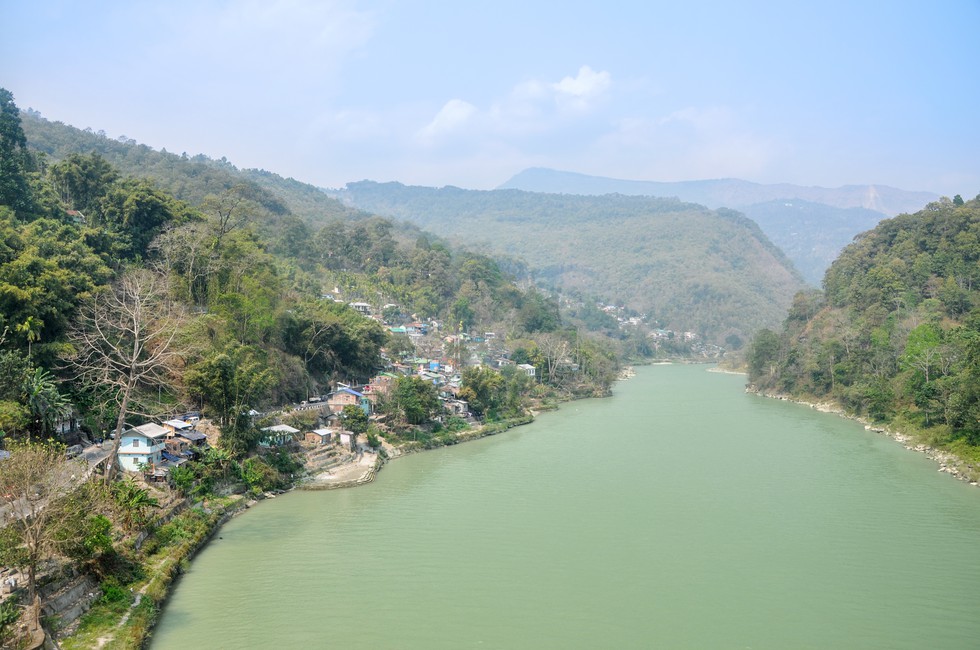
About Teesta River:
- It is a trans-Himalayan River flowing through the Indian states of Sikkim and West Bengal and, Rangpur in Bangladesh. It is a tributary of the Brahmaputra River.
- Origin: It originates in the Himalayas and flows through the Indian States of Sikkim and West Bengal before entering Bangladesh, where it flows into the Brahmaputra.
- It has a total length of about 309 kilometers. The flow of the Teesta is greatest during the summer (June to September), when the monsoon rains are heaviest and glaciers supply abundant meltwater.
- Main Tributary: Rangeet River
What is a Monsoon?
- A monsoon is a shift in winds that often causes a very rainy season or a very dry season.
- What causes a monsoon?
- A monsoon is caused by a seasonal shift in the winds. The winds shift because the temperature of the land and the temperature of the water are different as seasons change.
- For example, at the beginning of summer, the land warms up faster than bodies of water. Monsoon winds always blow from cold to warm.
- In the summer, warm air rising off the land creates conditions that reverse the direction of the wind.
- Although monsoons are usually associated with parts of Asia, they can happen in many tropical and subtropical regions.
5. What is Preventive Detention?
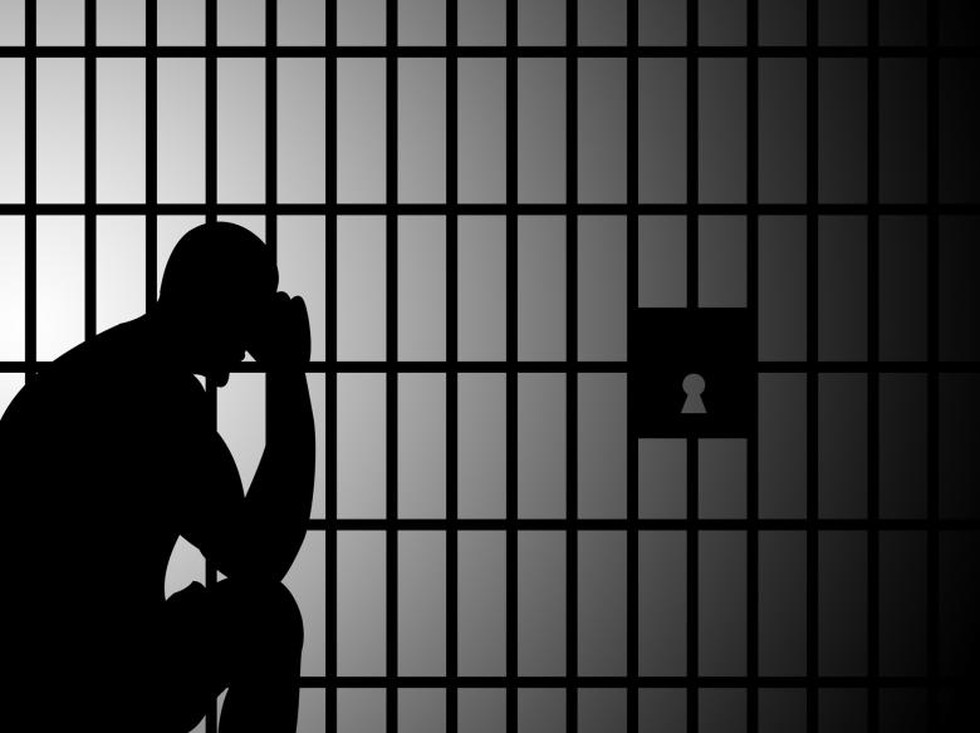
About Preventive Detention:
- Preventive detention refers to the detention of an individual without a trial or conviction by a court. Its primary objective is not to punish an individual for a past offence but to prevent them from committing an offence in the future.
- Preventive detention laws are enacted by governments to ensure public safety and maintain social order.
- Constitutional Provisions and Safeguards:
- Article 22of the Indian Constitution grants protection to individuals who are arrested or detained.
- It has two parts—the first part deals with cases of ordinary law, which includes situations where an individual is detained as part of a criminal investigation. The second part deals with cases of preventive detention law, which pertains to the detention of individuals without a trial or conviction.
- Article 22(4) states that no law providing for preventive detention shall authorise the detention states that of a person for a longer period than three months unless an Advisory Board reports sufficient cause for extended detention.
- The detainee is entitled to know the grounds of his detention. The state, however, may refuse to divulge the grounds of detention if it is in the public interest to do so.
- The detaining authorities must give the detainee earliest opportunities for making representation against the detention.
- Who can make laws under Preventive Detention?
- Parliament has the exclusive power to enact a law for preventive detention for reasons connected with defence, foreign affairs, or security of India.
- Both Parliament and State Legislature have powers to enact a law for preventive detention for reasons related to the maintenance of public order or the maintenance of supplies or services essential to the community.
- Laws that provide for Preventive Detention:
- In India, various laws provide for preventive detention, including the National Security Act (NSA) of 1980, the Unlawful Activities (Prevention) Act (UAPA) of 1967, and state-specific laws like the Maintenance of Internal Security Act (MISA) and the Public Safety Acts (PSA) in certain states.
- Under these laws, authorities can detain an individual for a specific period, typically up to 12 months, without presenting formal charges or conducting a trial.
- The detention order is issued by a designated authority or government official and is subject to periodic review by an advisory board.
6. Arsenic

About Arsenic:
- It is a naturally occurring, semimetallic element widely distributed in the Earth’s crust. It is widely distributed throughout the environment in the air, water and land.
- It is a chemical element in the nitrogen group(Group 15 of the periodic table), existing in both gray and yellow crystalline forms. It is highly toxic in its inorganic form.
- People are exposed to elevated levels of inorganic arsenic through drinking contaminated water, using contaminated water in food preparation and irrigation of food crops, industrial processes, eating contaminated food and smoking tobacco.
- Health Impacts: Long-term exposure to inorganic arsenic, mainly through drinking-water and food, can lead to chronic arsenic poisoning. Skin lesions and skin cancer are the most characteristic effects.
- In India, the states of West Bengal, Jharkhand, Bihar, Uttar Pradesh, Assam, Manipur and Chhattisgarh are reported to be most affected by arsenic contamination of groundwater above the permissible level.
7. Krutrim AI
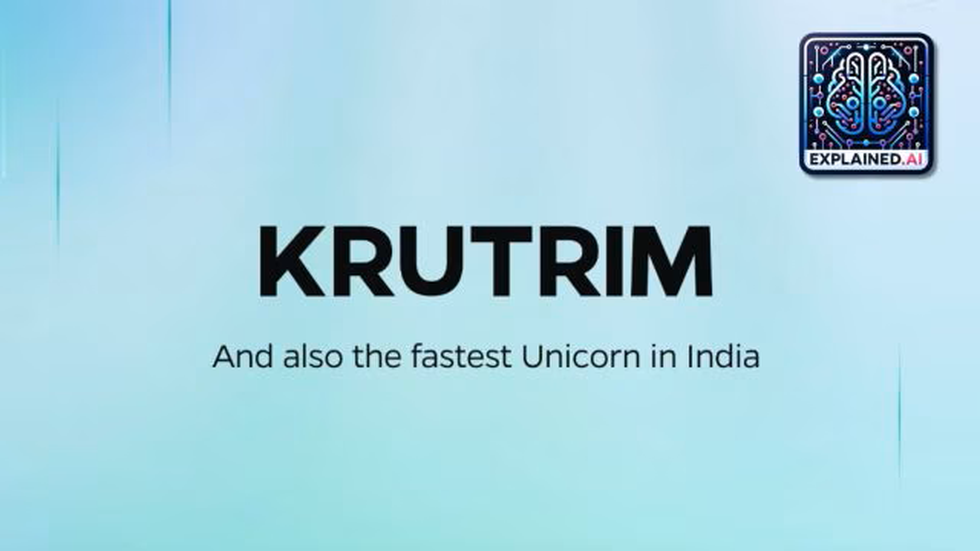
About Krutrim AI:
- It is envisioned to be personalised assistant, which can simplify personal and professional life by getting a variety of tasks done for you. It hopes to bridge the gap between conventional AI and the specific needs based on Indian languages and culture.
- It uses Natural Language Processing (NLP) — a component of AI — to understand the nuances of human language, including colloquialisms and cultural contexts.
- Machine Learning (ML) algorithms enable it to learn from vast data sets and improve its responses over time. Moreover, Deep Learning, a sophisticated branch of ML, helps it recognise patterns and analyse complex data.
- One of the distinguishing features of Krutrim AI is that it has the ability to understand the intent of the user. While most AI models rely on keyword matching and statistical probabilities, Krutrim AI reportedly dives deeper to understand the user’s request.
- It can help with a variety of creative and knowledge retrieval tasks. One can write an email, seek information on topics of interest, learn new skills, plan travel or learn a new recipe, and more.
8. Project ANAGRANINF
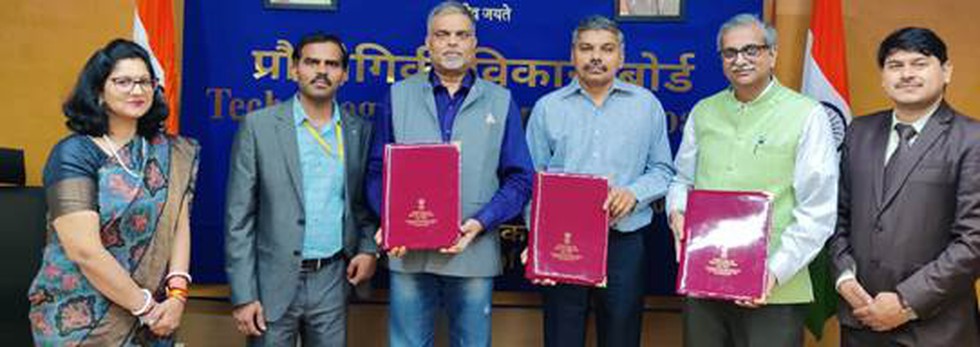
About Project ANAGRANINF:
- The primary objective of this project is to develop a novel lead compound, particularly an antibiotic, adept at inhibiting the FabI enzyme and combatting critical gram-negative pathogens.
What is a Gram-negative bacteria?
- They have a much thinner peptidoglycan cell wall, but in addition they have an outer membrane containing lipopolysaccharides surrounding the cell and are consequently termed diderms.
- These bacteria have built-in abilities to find new ways to be resistant and can pass along genetic materials that allow other bacteria to become drug-resistant as well.
- It causes infections including pneumonia, bloodstream infections, wound or surgical site infections, and meningitis in healthcare settings. They are resistant to multiple drugs and are increasingly resistant to most available antibiotics.
- Examples: Bacteria include enterobacter species, salmonella species and pseudomonas species.
Key facts about the Technology Development Board
- It is a statutory body constituted under the Technology Development Board Act, 1995.
- It aims to promote the development and commercialization of indigenous technology and the adaptation of imported technology for wider application. The board consists of 11 Board members.
- It provides equity capital or loans to industrial concerns and financial assistance to research and development institutions.
- The Fund has been receiving grants from the Government of India out of the cess collections from the industrial concerns under the provisions of the Research and Development Cess Act, 1986, as amended in 1995.
9. Vote-from-Home
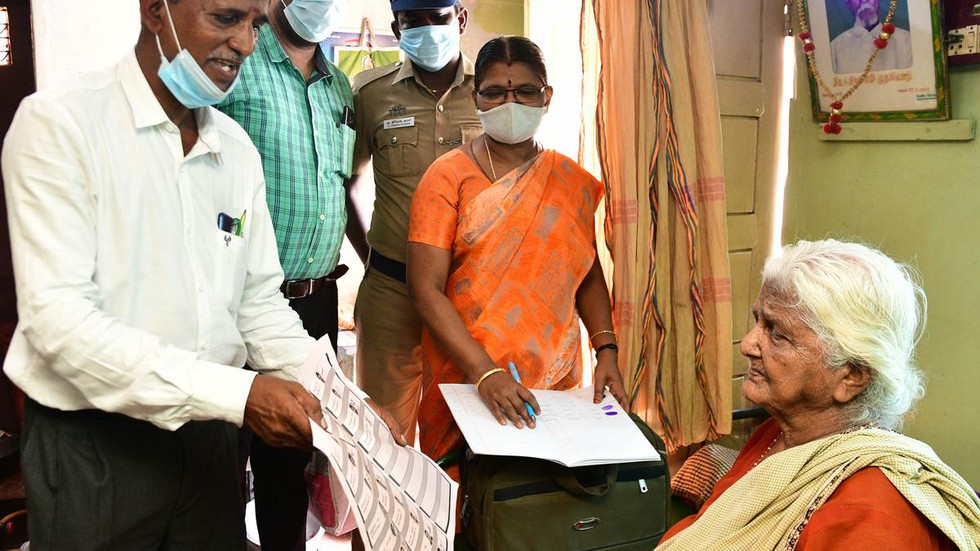
About Vote-from-Home:
- Who is eligible?
- People aged 85 and above
- Persons with Disabilities: The disability shall not be less than 40% of the prescribed handicap and certified by the certifying authority.
- Media persons covering ‘polling day activities’: Carrying authorisation letters from the Election Commission
- Workers from essential services: Services such as metros, railways and health care
- Service voters: Personnel of the armed forces posted away from their hometowns, Central Armed Police Forces personnel deployed away from home and those on poll duty.
How to avail the vote-from-home facility?
- Key to the process is Form 12D, which is a letter informing the Assistant Returning Officer (ARO) that the person may not be in a position to go to the polling station to vote.
- The form can be downloaded online from the ECI website or collected from the office of the representative district officer of a parliamentary constituency.
- The form has to be filled and submitted within five days of notification of the polling date. Once filed, two polling officials, accompanied by a videographer and a security person, will visit the elector’s home and oversee the postal ballot voting process.
- The voter will receive an intimation about the date and approximate time of visit via SMS or through post. The home voting option will be attempted twice.
- The polling team will schedule a second visit if the elector fails to be at the given address during the first visit. If the voter is absent on the second visit, “a further visit will not be entertained.” The voter will subsequently be ineligible to vote both at polling booths and through the home voting scheme.
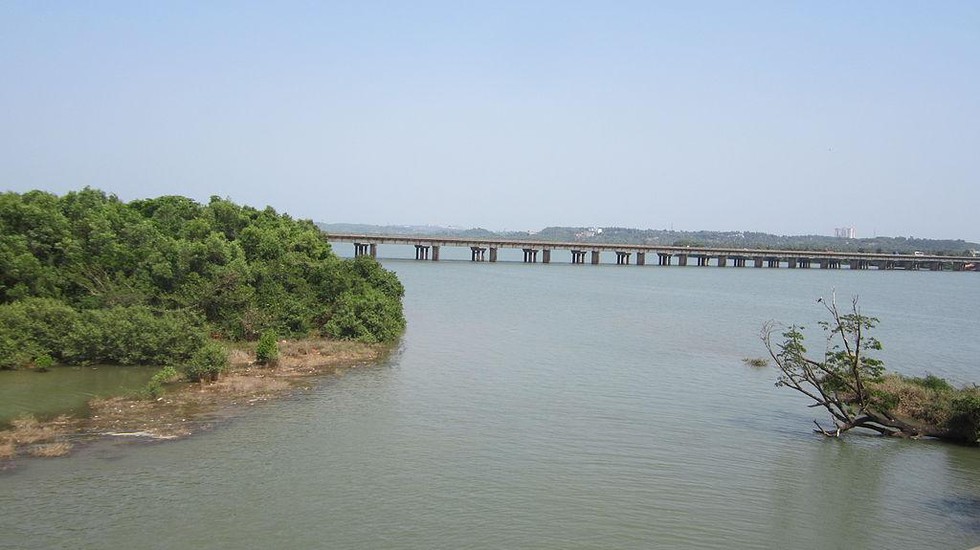
About Netravati River:
- Origin: It rises between Kudremukh and Ballalaryan Durga in the Dakshina Kannada district of Karnataka.
- It flows generally in a North-South direction up to Gohattu, where it takes a turn towards the West and there after flows in East-West direction up to its out fall into the Arabian Sea near Mangalore.
- Tributary: The Kumaradhara, a major left-bank tributary joins near the village Uppinangadi.
- The climate of the basin is characterized by heavy rainfall, high humidity and oppressive weather in the hot season.
What is National Green Tribunal?
- It has been established under the National Green Tribunal Act, 2010.
- It is mandated to make disposal of applications or appeals finally within 6 months of the filing of the same.
- Composition:
- It comprises the Chairperson, the Judicial Members and the Expert Members.
- They shall hold office for a term of 5 years and are not eligible for reappointment.
- The Chairperson is appointed by the Central Government in consultation with the Chief Justice of India (CJI).
- A Selection Committee shall be formed by the central government to appoint the Judicial Members and Expert Members.
- There are to be at least 10 and a maximum of 20 full-time Judicial members and Expert Members in the tribunal.
- New Delhi is the Principal Place of Sitting of the Tribunal and Bhopal, Pune, Kolkata and Chennai shall be the other four places of sitting of the Tribunal.


























































































































































.png)
.png)
.png)
.png)
.png)


.png)
.png)
.png)





.png)
.png)






.png)
.png)
.png)
.png)
.png)
.png)
.png)
.png)
.png)

.png)







.png)
.png)


.png)
.png)
.png)


.png)

.png)
.png)





.jpg)

.png)
.png)


.png)

.png)
.png)
.png)

.jpg)

.jpg)


.png)

.png)
.png)
.png)
.png)
.png)
.png)
.png)
.png)
.png)
.png)




.png)

.png)





.png)
.png)
.png)
.png)
.png)
.png)
.png)
.png)
.png)
.png)
.jpg)
.jpg)

.png)
.png)
.png)
.png)
.png)
.png)
.png)
.png)
.png)
.png)
.png)
.png)
.png)
.png)
.png)
.png)
.png)
.png)
.png)
.png)
.png)
.png)



.png)
.png)

.jpg)
.jpg)


.jpg)
.jpg)
.jpg)
.jpg)
.jpg)

.jpg)








.jpg)
.jpg)
.jpg)
.jpg)
.jpg)

















.jpg)
.jpg)







.jpg)


















.jpg)
.jpg)






























































































.jpg)
.jpg)


























.jpg)

.jpg)










.jpg)








.jpg)




.jpg)










.jpg)


















.jpg)












































.jpg)














.jpg)
.jpg)
.jpg)





.jpg)

.jpg)
.jpg)





































































.jpg)


































.jpg)
.jpg)
















































.jpg)












.jpg)


.jpg)




.jpg)
.jpg)
.jpg)

.jpg)
.jpg)
.jpg)
.jpg)

.jpg)
.jpg)
.jpg)

.jpg)
.jpg)
.jpg)
.jpg)
.jpg)
.jpg)
.jpg)
.jpg)

.jpg)


.jpg)
.jpg)
.jpg)
.jpg)
.jpg)
.jpg)
.jpg)
.jpg)
.jpg)
.jpg)











.jpg)
.jpg)





.jpg)
.jpg)
.jpg)
























.jpg)
























.jpg)









.jpg)
.jpg)







.jpg)
.jpg)









































.jpg)
.jpg)
.jpg)
.jpg)
.jpg)

.jpg)
.jpg)
.jpg)
.jpg)
.jpg)


.jpg)
.jpg)
.jpg)
.jpg)
.jpg)

.jpg)
.jpg)
.jpg)
.jpg)
.jpg)
.jpg)
.jpg)
.jpg)
.jpg)
.jpg)
.png)

.png)
.png)

.png)
.png)
.png)
.png)


.jpg)
.jpg)

.jpg)
.jpg)
.jpg)

.png)
.png)
.png)
.png)
.png)
.png)
.png)

.png)
.png)
.png)
.png)
.png)
.png)
.png)
.png)
.png)
.png)





































































-min.png)



.png)




.png)








































